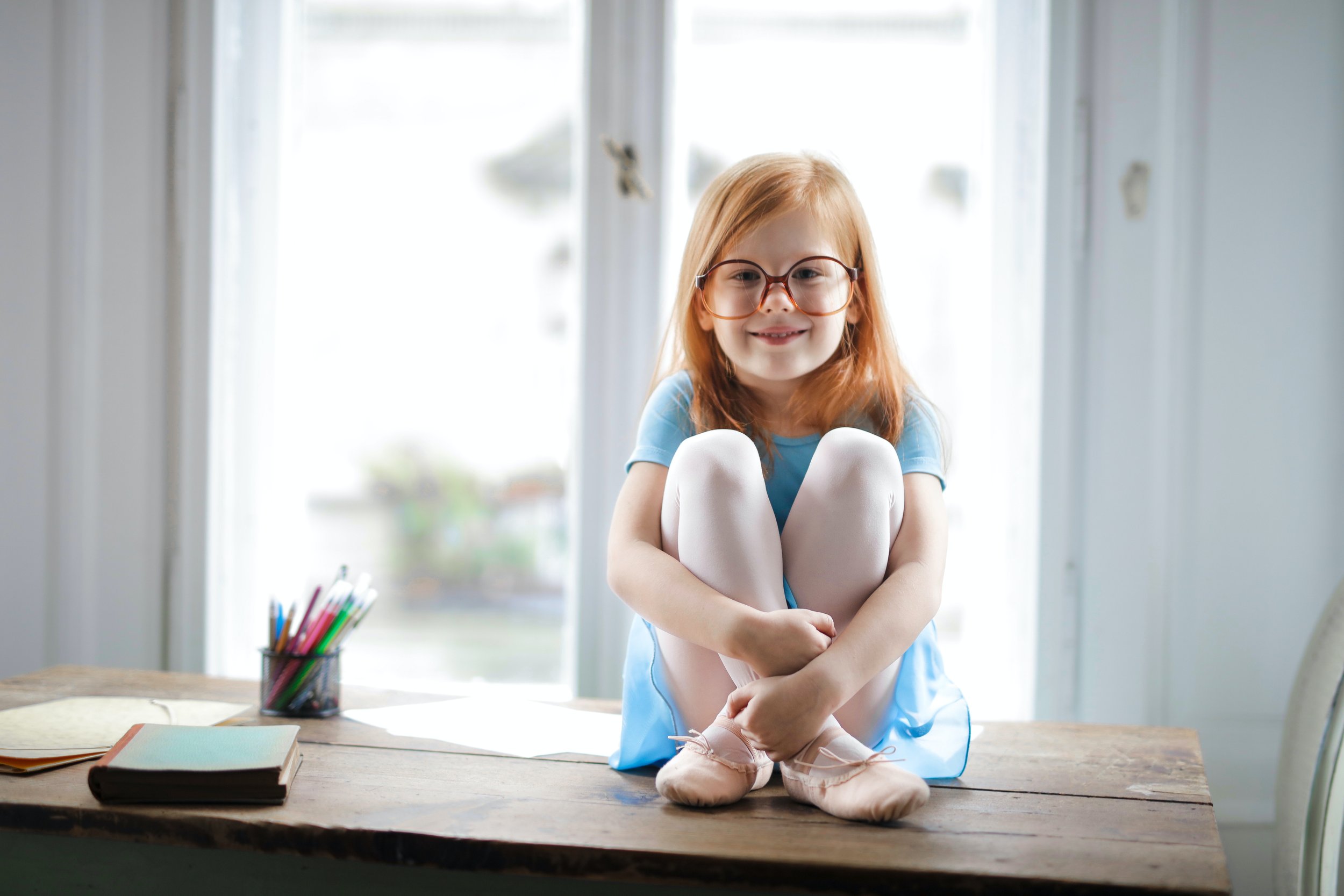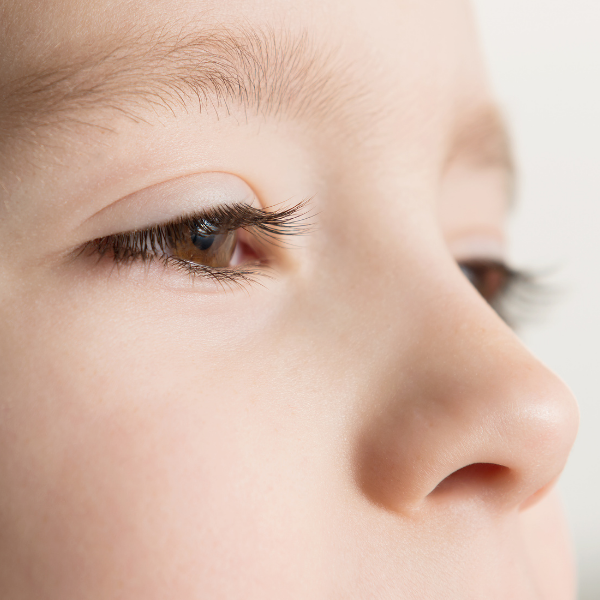
Childrens Eye Examinations
Having regular eye examinations for your child enables us to monitor the progression of children’s vision and eye health to ensure that any visual problems can be detected and treated at the earliest stage.
Children's eyes continue to develop from around 6 weeks after birth. Difficulty with vision can impact children’s confidence and education. Routine eye exams are recommended from the age at which children are in their first year of school.
Children may not always be aware or vocal if they are having difficulties with their vision. Having regular eye examinations enable us to monitor the progression of children’s vision and eye health to ensure that any visual problems can be detected and treated earlier.
Children who may be struggling with the development of their eyes or vision before school age will need an eye examination prior to starting school. Screening for lazy eye is particularly important in children, as early treatment can make a big impact on improving their vision
Signs To Be Aware of That May Indicate Your Child Is Struggling With Their Vision
An eye appears to drift inwards or outwards
Difficulty concentrating
Behavioural problems
Headaches
Sitting too close to the television
Frequent eye rubbing
Avoids certain tasks such as reading, writing, drawing
Holds books too close, or sits too close to the TV
Mention blurred/double vision
Not doing well at school
Screwing their eyes to look at TV or reading
Clumsy/poor coordination
Becomes disgruntled if one eye is covered
What to Expect During a Private Childrens Eye Examination
-

Vision Screening
As children’s eyes develop we will check their vision to ensure it aligns with their visual developmental milestones. Where the vision may be much weaker in one eye, it could be a potential sign of a lazy eye.
-

Prescription Screening
Assessing for any visual difficulties related to short-sightedness, long-sightedness and astigmatism. We have the latest equipment to screen children who may need prescription glasses. Using a phoropter, we can measure prescriptions more comfortably, avoiding the need to use heavy trial frames! We have a variety of tools and different test charts with pictures for younger children, to make the examination more fun and engaging.
-

Assessment of Eye Muscles
Our assessments will screen for eye turns, where one eye may drift inwards or outwards. The eyes work together in a coordinated fashion, this is a key feature in enabling depth perception, which is the ability to see 3D. Good coordination of the eye muscles is also important in being to perform visual concentrative tasks such as prolonged reading, and copying from the school board.
-

Assessment of Depth Perception
Using the gold standard Frisby stereoacuity test, we are able to assess how well the eyes are able to work together, an important feature in screening for lazy eye.
-

Ocular Health Examination
Using either a slit lamp microscope or a headset binocular ophthalmoscopy, both allow a detailed 3D assessment of the back of the eyes. This is a safer way to examine the eyes in relation to the health and safety guidelines set out during the pandemic.
-

Colour Vision Assessment
1 in 12 males have a colour deficiency, in females, it’s 1 in 200. Particularly if there is a family history of colour vision deficiency, we can screen children for this, as certain career paths such as becoming an electrician can be affected by this. The Ishihara colour vision test is a fun and easy way to assess this.
